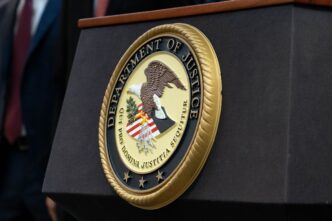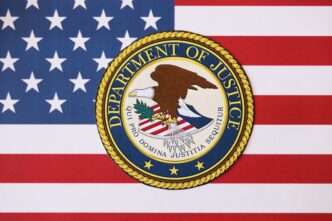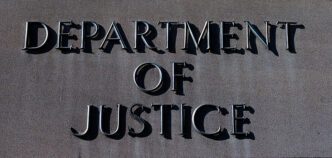The Alaska Senate has narrowly passed a proposal to increase the Base Student Allocation (BSA), the state’s per-student funding formula, by $1,000. Despite the approval, the measure faces significant challenges as Governor Mike Dunleavy has announced plans to veto it unless it includes provisions aimed at improving educational achievement. Lawmakers have expressed doubt about having enough votes to override the governor’s potential veto.
School administrators have been advocating for this increased funding, describing the public school system as being in a state of crisis. Districts have reported plans to cut hundreds of teaching positions, eliminate popular programs, and face deteriorating school facilities. Anchorage Democratic Senator Löki Tobin, who chairs the Senate Education Committee, argued that a larger funding increase is necessary after nearly a decade of stagnant school funding. She highlighted the potential benefits of the BSA boost, including reducing class sizes, retaining educators, and preserving valued programs within public schools.
The Senate’s vote on House Bill 69 ended with an 11-9 result, with most of the Democrat-majority supporting the measure. However, three majority members, Democratic Senators Donny Olson and Lyman Hoffman, along with Republican Senator Bert Stedman, joined the Republican minority in opposition. The bill is now returning to the House, which is expected to approve it, with a vote potentially occurring soon.
To override the governor’s veto, 40 out of 60 legislators, which constitutes a two-thirds majority, would need to vote in favor. Wasilla Republican Senator Mike Shower, leading the Senate minority, criticized the measure, advocating instead for policy changes to enhance accountability and performance in the education system. He emphasized that such changes are essential for improving Alaska’s low national test scores.
The legislative journey of HB 69 has seen the removal of several policy reforms originally included to garner the governor’s support. These reforms aimed to limit cellphone use in schools and facilitate student enrollment in schools of their choice, among other measures. Anchorage Democratic Senator Bill Wielechowski, who negotiated education matters with the governor last year, voiced frustration over the failed compromises and reiterated the need for increased school funding to hire teachers and decrease class sizes.
The proposed $1,000 BSA increase would cost the state over $250 million annually, amid a projected $680 million deficit over two fiscal years. Some legislators argue that such an increase is financially unfeasible, with others suggesting a smaller increase, similar to last year’s one-time $680 BSA boost, as a more viable solution. Despite acknowledging the need for more educational funding, Senator Stedman expressed concerns about fiscal responsibility and budget balance, opposing the $1,000 increase.
The Impact on Daily Life
If enacted, the $1,000 increase in the BSA could significantly impact Alaska’s education system by addressing critical funding gaps. Enhanced funding has the potential to stabilize employment for educators, preventing mass layoffs, and ensure that essential programs remain available to students. Smaller class sizes could improve educational outcomes by allowing for more personalized attention to students.
However, the financial implications pose challenges, especially with the state’s existing budget deficit. The potential increase in educational spending may require cuts in other areas or a reevaluation of fiscal priorities. For communities, this decision could affect local school operations, potentially influencing the quality of education and community engagement. The ongoing debate reflects broader tensions between educational needs and fiscal constraints, with possible long-term consequences for the state’s educational landscape and economic health.






